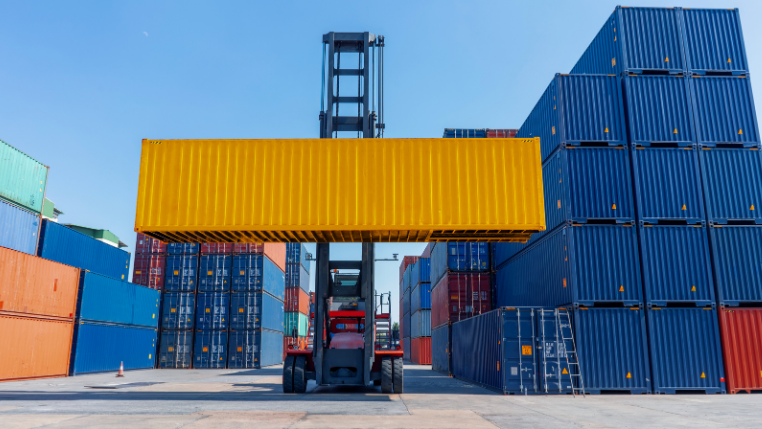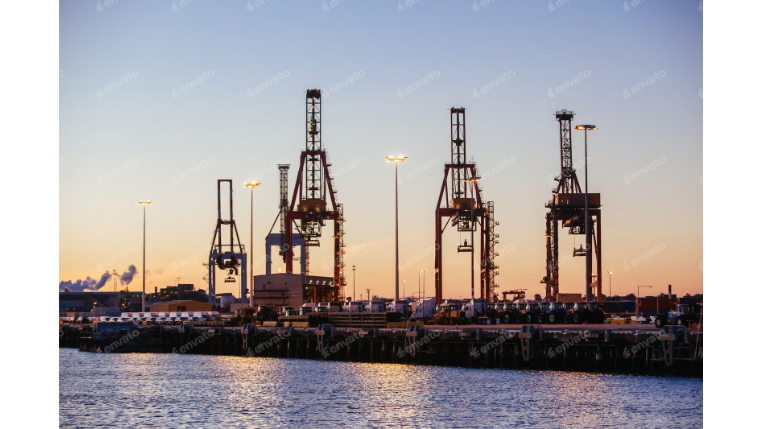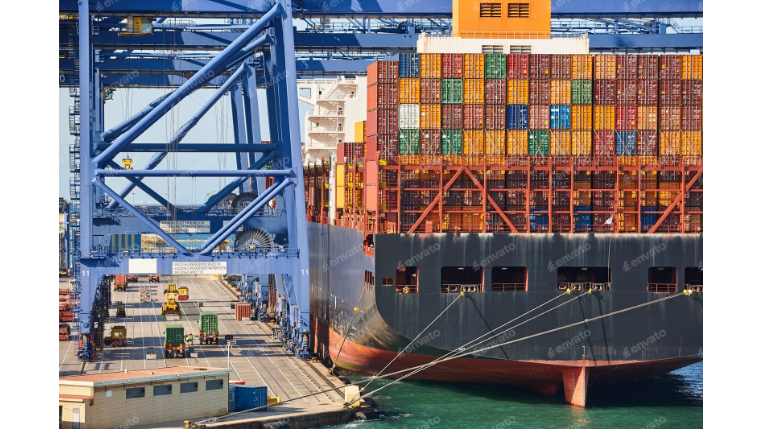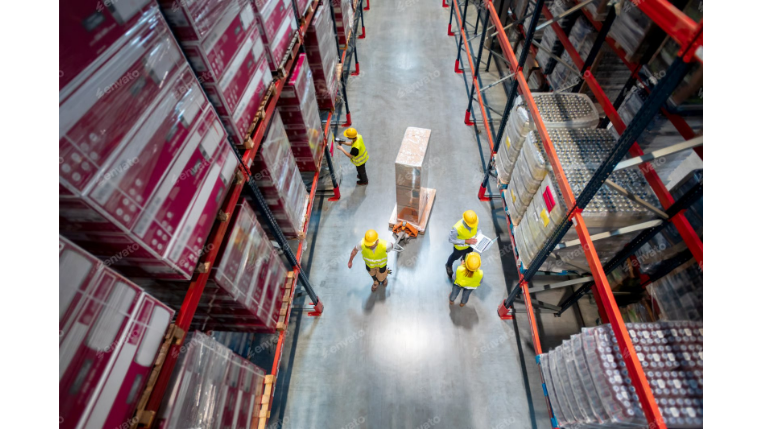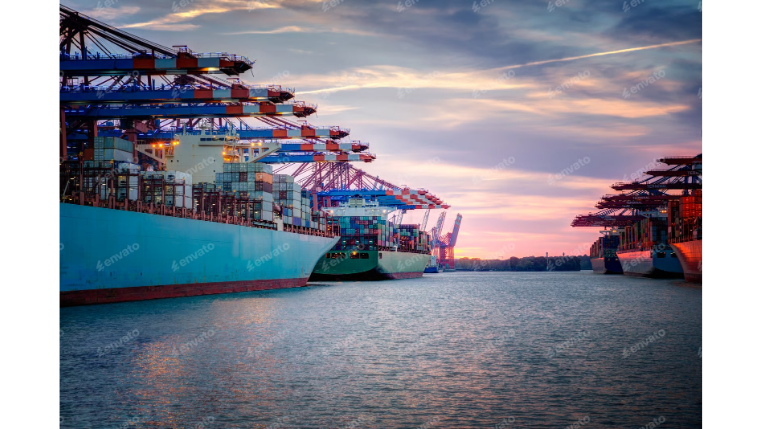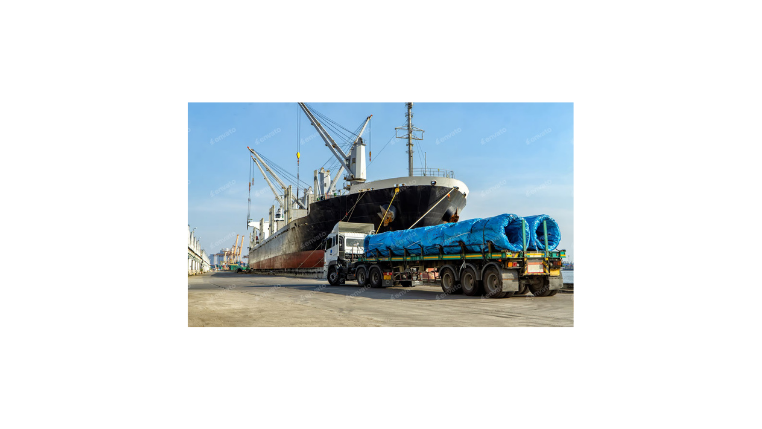Every day, billions of dollars worth of goods move across oceans and continents, connecting manufacturers to markets in every corner of the world. This seemingly effortless flow of goods is made possible by a single, revolutionary invention: the shipping container. Containerized freight, the practice of transporting goods within these standardized steel boxes, has fundamentally reshaped global trade, making it faster, more secure, and significantly more cost-effective.
This comprehensive guide will answer the key question, "What Is Containerized Freight?" It will delve into the history and evolution of this system, explore its many benefits, and explain how it has become the indispensable engine of the modern global supply chain.
What Is Containerized Freight?
Containerized freight is a system of transporting goods using intermodal containers. These are large, standardized, reusable steel boxes designed to be easily moved between different modes of transport, such as ships, trains, and trucks, without needing to unload and reload the cargo itself. This standardization is the genius behind the system, allowing a single container to travel seamlessly from a factory floor to a retail store anywhere in the world.
The concept was pioneered in the mid-20th century by Malcolm McLean, a trucking entrepreneur who saw the inefficiencies of traditional break-bulk cargo shipping. His vision of a simple, uniform container system laid the groundwork for the modern global supply chain we know today.
Key Advantages of Containerized Freight
The adoption of containerization brought about a revolution in logistics, offering numerous benefits that were previously unimaginable.
- Increased Efficiency: Containers can be loaded and unloaded at ports in a fraction of the time it took to handle individual packages, dramatically reducing port turnaround times and labor costs.
- Enhanced Security: The sealed, tamper-proof nature of containers minimizes the risk of theft and damage during transit. The cargo remains protected from the elements and external threats throughout its journey.
- Cost-Effectiveness: The standardization of containers has led to economies of scale. The ability to stack them on ships and in yards and move them with specialized equipment has lowered overall shipping costs, making international trade more accessible to businesses of all sizes.
- Simplified Logistics: Containerization enables intermodal transport, where a single unit of cargo can be moved using multiple modes of transport. This eliminates the need for repackaging and reduces handling, streamlining the entire logistics process.
- Global Standardization: The use of standard container sizes (like the 20-foot and 40-foot equivalent units, or TEUs) ensures that the same equipment can be used worldwide, from a crane in Shanghai to a truck in New York. This global standard is the foundation of modern supply chain management.
The Different Types of Shipping Containers
While the general concept is a simple steel box, a variety of container types have been developed to accommodate different types of cargo.
- Dry Van Container: This is the most common type, used for shipping dry goods like textiles, electronics, and packaged foods. They are fully enclosed and ventilated.
- Refrigerated Container (Reefer): These containers have built-in refrigeration systems to maintain a constant temperature. They are essential for shipping perishable goods such as food, flowers, and pharmaceuticals.
- Open Top Container: These containers have a removable roof, making them ideal for shipping oversized cargo, such as machinery or building materials, that needs to be loaded from the top.
- Flat Rack Container: With no sidewalls and sometimes no top, flat rack containers are designed for shipping heavy or bulky items that don’t fit inside a standard container.
- Tank Container: These specialized containers are used for transporting liquids, gasses, or powders.
Each container type plays a specific role in ensuring that a wide variety of goods can be transported safely and efficiently across the globe.
How the Process Works: From Manufacturer to Market
The journey of a containerized shipment is a highly coordinated process involving multiple parties.
- Loading: The process begins at the manufacturer's warehouse, where the goods are packed and secured inside a container.
- First-Mile Transport: The container is then loaded onto a truck or train and transported to a port or inland depot.
- Vessel Transport: At the port, a specialized crane moves the container onto a container ship, where it is stacked alongside thousands of others for its ocean voyage.
- Port of Destination: Upon arrival at the destination port, the container is unloaded and prepared for the next stage of its journey.
- Last-Mile Delivery: The container is moved via truck or rail to its final destination, whether a distribution center or a retail store. The cargo is only unloaded at its final stop.
This seamless process, often managed by a freight forwarder, highlights the efficiency of the containerization system. It's a complex dance of logistics where every step is standardized and optimized for speed and security.
Containerized Freight's Role in Modern Supply Chains
Containerized freight is more than just a shipping method; it is the cornerstone of the modern global supply chain. Its ability to facilitate intermodal transport has created a highly integrated network of ships, ports, railroads, and trucks, allowing goods to flow smoothly between different points on the globe. This has enabled businesses to source materials and sell products internationally with unprecedented ease, driving the growth of globalization and modern commerce.
The system’s success is a testament to the power of standardization and optimization, a model that continues to evolve with new technologies and demands. For a deeper look at the global container shipping industry, you can refer to the World Shipping Council, which provides valuable data and insights. A comprehensive report from Drewry Shipping Consultants can also offer detailed market analysis.
